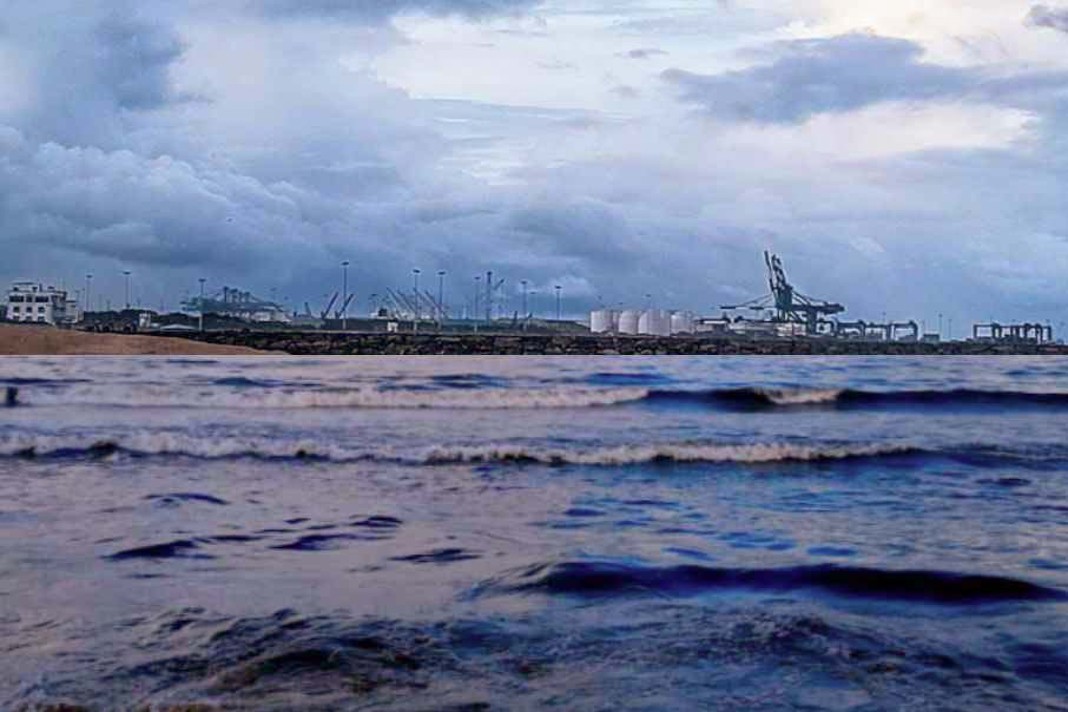The European Maritime Safety Agency (EMSA) has published a report analyzing the safety hazards, system threats, and risks associated with using hydrogen as ship fuel. This report aims to guide the industry and regulators towards safe and harmonized deployment of hydrogen technology for maritime decarbonization, according to an article published on its website.
Key Safety Hazards and Risks:
1. Flammability and Explosiveness
- Hydrogen’s wide flammability range and lower ignition energy compared to methane make it highly flammable.
- Higher burning velocity can escalate explosions into detonations, posing greater risks than natural gas.
2. Storage and Distribution Challenges
- Hydrogen’s low boiling point complicates its storage and distribution.
- Managing boil-off gas and preventing condensation of gases like nitrogen and oxygen are critical to avoid equipment malfunction and potential explosion hazards.
3. Density and Dispersion
- Hydrogen’s low density causes it to rise and disperse quickly in open environments.
- In confined spaces, hydrogen can accumulate in high spots, increasing the risk of ignition from sources like ceiling lights.
- Safety measures must account for hydrogen’s density and behavior in leak scenarios.
4. Pressure Effects
- High-pressure storage (250-700 bar) creates potential energy that, upon release, can cause significant pressure effects even without combustion.
- Sudden releases from high-pressure systems can ignite spontaneously, posing immediate risks to personnel and equipment.
5. Hazards in Confined Spaces
- Hydrogen releases in confined ship spaces can amplify explosion pressures rapidly, potentially damaging structures and leading to further leakage.
- Leakages of liquefied hydrogen (LH2) can induce cooling effects, compromising gas-tight integrity and safety equipment function.
6. Material Compatibility and Embrittlement
- Hydrogen can cause embrittlement in metals, reducing structural integrity.
- Condensed oxygen-enriched air can increase material flammability upon contact, necessitating careful material selection and design considerations.
7. Health and Safety Risks
- Significant hydrogen leakages pose asphyxiation risks due to oxygen depletion.
- Risks of frostbites and burn injuries due to low temperatures and reduced flame visibility.
Lessons from Hydrogen-Related Accidents:
A review of the HIAD 2.0 database shows:
- System Design Error and Failure: Leading causes of hydrogen-related accidents, often combined with human error.
- Human Error: Contributed to nearly half of the 575 analyzed accidents, emphasizing the need for proper training.
- Safety Management System Factors: Accounted for 49% of incidents, highlighting the importance of robust safety management systems.
- Material or Manufacturing Errors: Contributed to 35% of accidents.
- Individual Human Errors: Responsible for 29% of incidents.
- System Design Errors: Accounted for 27% of incidents.
Recommendations to Prevent Future Incidents:
- Provide comprehensive training on hydrogen hazards to operating personnel.
- Ensure safety management systems address hydrogen hazards in operating procedures, inspection plans, and emergency response protocols.
Did you subscribe to our daily Newsletter?
It’s Free! Click here to Subscribe
Source: EMSA

















